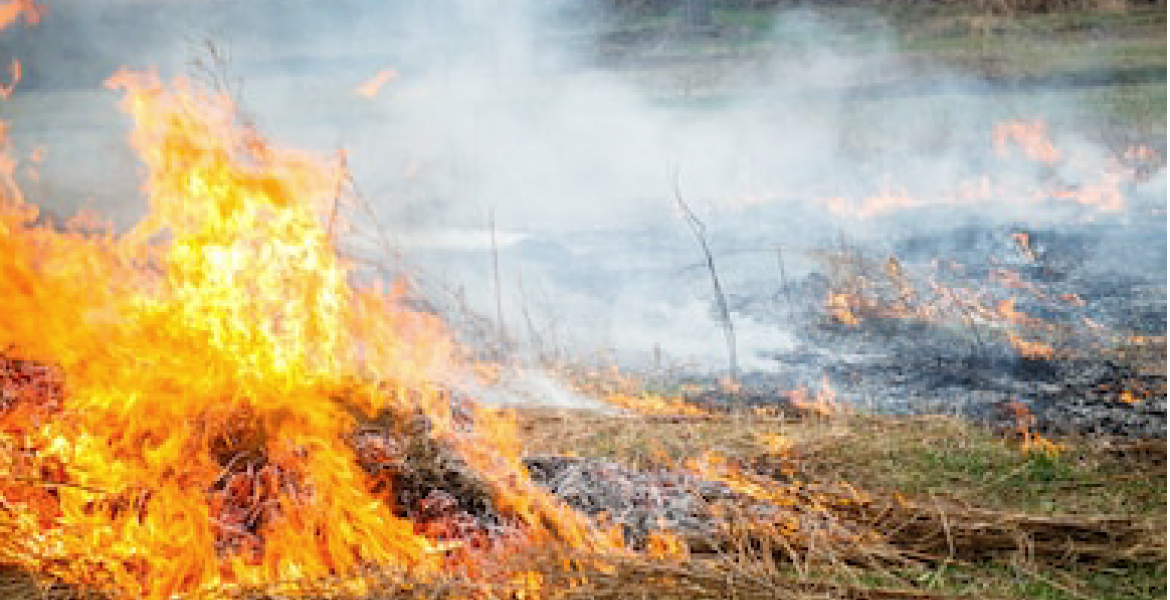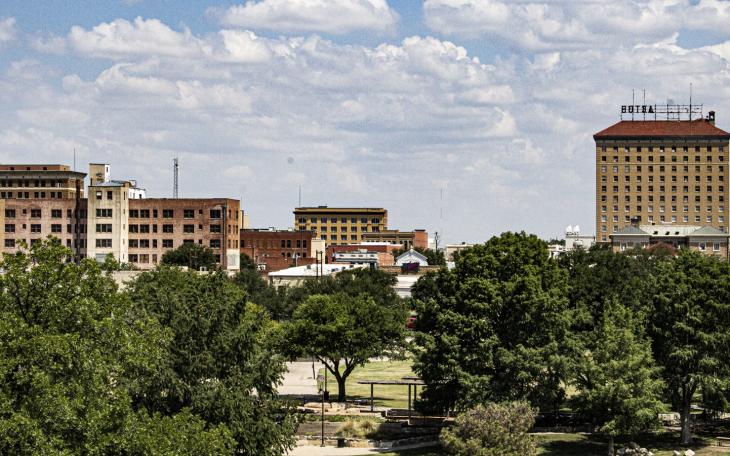SAN ANGELO, TX – The highly anticipated 'Perseid' meteor shower of 2020 is set to peak this week with multiple opportunities to catch this amazing sight on August 11th, 12th and 13th this year.
The annual 'Perseid' meteor shower is one of the most popular of the annual meteor showers as it typically produces a multitude of fast and bright meteors at a consistently high rate.
The meteor shower is expected to be highly visible across Central Texas, although viewers should be able to catch sights all across the Northern Hemisphere.
The only problem viewers may have this year in viewing the Perseids' meteor shower will be the moon, as it's expected to reach it’s next phase, including the last quarter on August 11th.
Although the bright moon may out shine some of the dimmer meteors, it is not expected to completely block out the visibility of meteor shower activity.
What To Expect:
- The forecast here in west Texas for the week of August 10 calls for mostly clear skies with dry weather conditions throughout the week.
- With nearly a zero percent chance of precipitation there's no need to worry about rain gear, however viewers should be aware due to cloud cover in the area that may block views in the early morning hours before dawn.
- On each of the three peaking mornings, there will be less and less moonlight. Viewers should visit Sunrise Sunset Calendars to find out when the moon sets in your area on each of those mornings, remembering to check the moonrise and moonset boxes.
- If fortune allows, the evening hours may present viewers with what is called an earthgrazer – a very long, slow, and colorful meteor that travels horizontally across the evening sky. Earthgrazer meteors are relatively rare, but highly memorable. Perseid earthgrazers typically appear before midnight, when the radiant point of the shower is closest to the horizon.
- Viewers typically tend to focus on the peak mornings of meteor showers, and that’s entirely appropriate, but meteors in annual showers typically last weeks, not days. Although, Perseid's meteors have been streaking across our night skies since around July 17. We’ll see Perseids for approximately 10 days or so after the peak mornings on August 11, 12 and 13, though at considerably reduced numbers.
How to Catch a Glimpse of the Meteor Shower:
The 2020 Perseid meteor shower is expected to produce the most meteors in the predawn hours of August 11, 12 and 13, though under the light of a waning crescent moon.
Here are some helpful tips to give yourself the best chance of viewing the Perseid meteor shower:
- Find a dark spot with open sky, as far away from any light pollution as possible!
- Give your eyes approximately 20 minutes to adjust to the darkness
- Viewers can position themselves on one side of a large structure, object, or building with the moon adjacent as this should help block the moon’s light
- Viewers should try to watch the night sky shortly after midnight, but before moonrise (between 12:40AM – 1:40AM) on August 11, 12, and 13.
- Viewers should bring a comfy chair, or blanket to recline on as no special optics or equipment should be needed for viewing
- Viewers should look towards the north sky for the best chances of catching a glimpse of meteor shower activity
[[{"fid":"73923","view_mode":"default","fields":{"format":"default","field_file_image_alt_text[und][0][value]":"Constellation Perseus - EarthSKy","field_file_image_title_text[und][0][value]":"(Photo Courtesy of EarthsKy Communications)"},"type":"media","field_deltas":{"2":{"format":"default","field_file_image_alt_text[und][0][value]":"Constellation Perseus - EarthSKy","field_file_image_title_text[und][0][value]":"(Photo Courtesy of EarthsKy Communications)"}},"attributes":{"alt":"Constellation Perseus - EarthSKy","title":"(Photo Courtesy of EarthsKy Communications)","class":"media-element file-default","data-delta":"2"}}]]
What Causes the Annual Perseid Meteor Shower?
- When retracing the Perseid meteors backward, flight paths show that all seem to stem from the constellation of Perseus, near the famous Double Cluster. Hence, the meteor showers named was given in the honor of the constellation Perseus, the Hero.
- How does this happen? Every year, from around July 17 to August 24, our planet Earth crosses the orbital path of the comet Swift-Tuttle, and as Earth passes through the debris left by the comet, pieces of rock and dust pierce the Earth’s upper atmosphere at roughly 130,000 mph, lighting up the night sky with Persied meteors.
- However, there is a small chance of alignment of the meteor shower radiant with the constellation Perseus. The stars in Perseus' constellation are light-years in distance while these meteors burn up about 60 miles above the Earth’s surface.
- If any remaining meteors survive the fiery plunge to the ground intact, the remaining portion is referred to as a meteorite.
- However, few if any meteors from meteor showers actually become meteorites, and this is due to the flimsy nature of comet debris.
- According to EarthSky, It is said that temperatures can reach anywhere from 3,000 to 10,000 degrees Fahrenheit as meteors soar across the night sky.
[[{"fid":"73922","view_mode":"default","fields":{"format":"default","field_file_image_alt_text[und][0][value]":"Perseids Phenomenon and Parent Comet Swift-Tuttle","field_file_image_title_text[und][0][value]":"(Photo Courtesy of Guy Ottewel)"},"type":"media","field_deltas":{"1":{"format":"default","field_file_image_alt_text[und][0][value]":"Perseids Phenomenon and Parent Comet Swift-Tuttle","field_file_image_title_text[und][0][value]":"(Photo Courtesy of Guy Ottewel)"}},"attributes":{"alt":"Perseids Phenomenon and Parent Comet Swift-Tuttle","title":"(Photo Courtesy of Guy Ottewel)","class":"media-element file-default","data-delta":"1"}}]]
The Perseid meteor shower happens every year as the parent comet, Swift-Tuttle, takes approximately 130 years to completely orbit the sun once. It last rounded the sun in the early 1990s and is now extremely far away, but we see the Perseids each year, when Earth intersects the comet’s orbit, and debris left behind by Swift-Tuttle enters our atmosphere.
Subscribe to the LIVE! Daily
Required






Post a comment to this article here: